The Toxic Tradeoff of Glyphosate
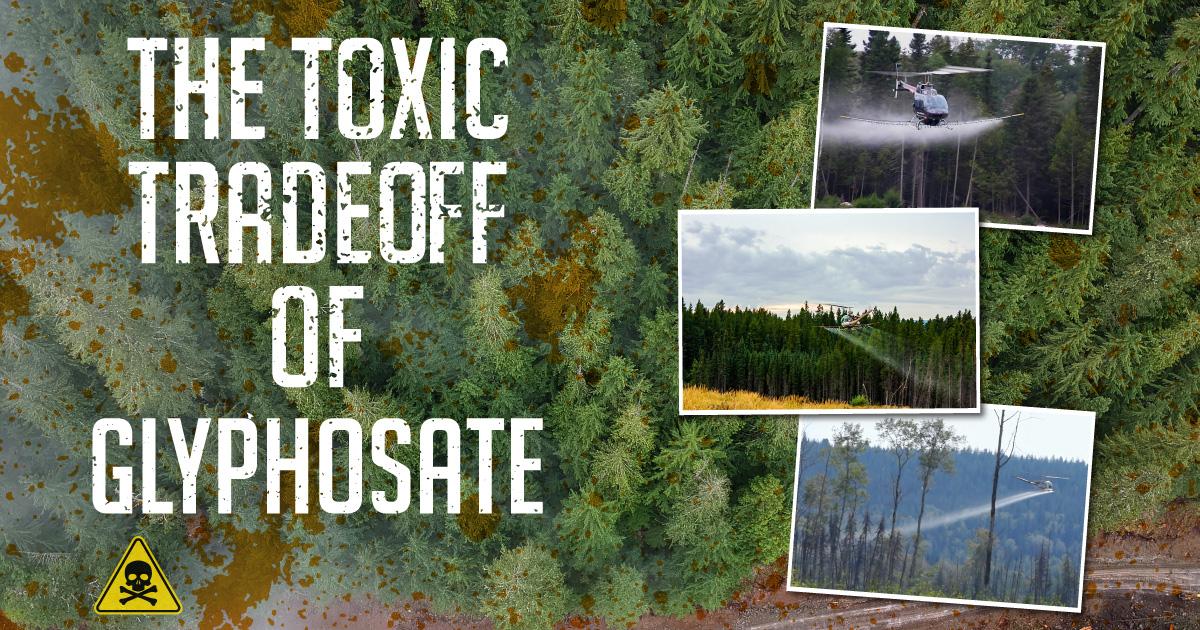
POISONING NATURE FOR LOGGING PROFITS
The death of a tree echoes through a valley as it descends to decomposers, becoming a nurse log. In its death, seedlings establish on top, gaining protection from disease, access to nutrients and sunlight. These young seedlings are just one reminder death is a catalyst for life. Below the surface, fungal threads spread through the forest, piercing and entering cells of a raspberry plant — species merge at their edges.

Dynamics between species and the living and nonliving are complex, even in forests that are naturally regenerating after disturbances. Although forests suffer huge losses remaining forever changed from clearcut and old-growth logging, ecosystems are resilient and, in time, can be productive, life-giving forests once again.
Native plants, important fungi and bacteria are harmed from the poison sprayed on them and the soil, leaving a grey wasteland.
Quite the opposite of this are forest plantations: industrial landscapes regrown just to be slashed again. Here the natural regrowth of the ecosystem is stifled with a chemical herbicide called glyphosate. The impact on the interactions between species and the nourishing cycle of life and death are catastrophic. Native plants, important fungi and bacteria are harmed from the poison sprayed on them and the soil, leaving a grey wasteland.
Glyphosate is used to make room for golden-child conifer seedlings, for the goal of unobstructed growth because everything else is dead. Where the planted seedling roots end, there’s only dirt. No symbiotic fungi to connect species, as glyphosate decreases fungal connections. Seedlings of a uniform age are spaced equal distances apart in ruler-straight rows where terrain allows.
The plantation is sterile and quiet, void of insects and birds. At the end of the plantation, single rows of a single species meet the complex ecology of a living, diverse forest.
In refarmed cutblocks across the country, a toxic blanket of glyphosate is sprayed, except in Quebec, which banned the chemical in 2001. Glyphosate is used to grow cash-crop commercial species and kill non-profit table ones. In some jurisdictions, like B.C. and Alberta, this is required by law. In B.C., the ironically named “free-to-grow policy” requires companies to establish a new crop of trees on land they log and they use glyphosate to achieve this. New Brunswick has the highest rate of glyphosate use in forestry per land mass among the provinces. First Nation leaders in N.B. say the practice affects the ability of their communities to harvest the land.
The short-sighted approach that allows glyphosate suffocates the complexity of forests that have been evolving for roughly 15,000 years, since glaciers receded across the country now known as Canada. When left to grow, certain plants like red alder capture nitrogen, turning it into a form that can be used by other species, helping trees like red cedar and Douglas-fir grow bigger and taller. Underground, nutrients, carbon and water are shared between plants like paper birch and Douglas-fir, thanks to fungal networks.
These examples throw a wrench in the long-standing Western view that ecosystems are war fields and species are in constant cutthroat competition. Yet, corporations and governments built forest management on this assumption, conveniently also benefiting their bottom line. Competition is a part of the forest story, yes, but also cooperation and sharing. Indigenous Peoples who have long stewarded these lands are caretakers of biodiversity and act in reciprocity. Lands inhabited by Indigenous Peoples harbour 80 per cent of the world’s remaining biodiversity. Just like species in a forest sending nutrients to each other, sharing and reciprocity are human nature.
It’s time to let go of policies and laws that put us at war with the wild while enforcing colonial ideas that assign life-giving land to corporate entities. Read on to learn about the history of glyphosate, its impacts and what we can do to get rid of these chemicals for good.
- TAKE ACTION: Stop the poisonous glyphosate spray!
-
UNIVERSAL IN NATURE AND UNIVERSALLY HARMFUL
Glyphosate is a harmful substance that affects important bacteria, fungi, and plants because they all have a similar metabolic pathway called the shikimate pathway, which glyphosate targets. This pathway is crucial for many processes in plants, including growth. When glyphosate is applied to plants, it moves through the plant tissue. It stops an important enzyme called 5-enolpyruvylshikimate-3-phosphate synthase from working, causing the plant to become more vulnerable to disease and eventually die. Glyphosate does not discriminate and affects most plant species it comes in contact with. This can have serious indirect effects on ecosystems because it kills entire kingdoms of life necessary for the ecosystem to function and for food chains to remain intact.
When glyphosate leaches down and fills the pores of the soil, it leads to changes in the makeup of the microorganisms living underground. The beneficial microorganisms are destroyed, while harmful bacteria and fungi are allowed to thrive. Life-giving soil becomes a cache of death-bringing microbes and fungi. This negatively impacts plants, animals, and insects, as the dangerous bacteria and fungi grow after the glyphosate is sprayed. And that’s just the impact of soil changes.
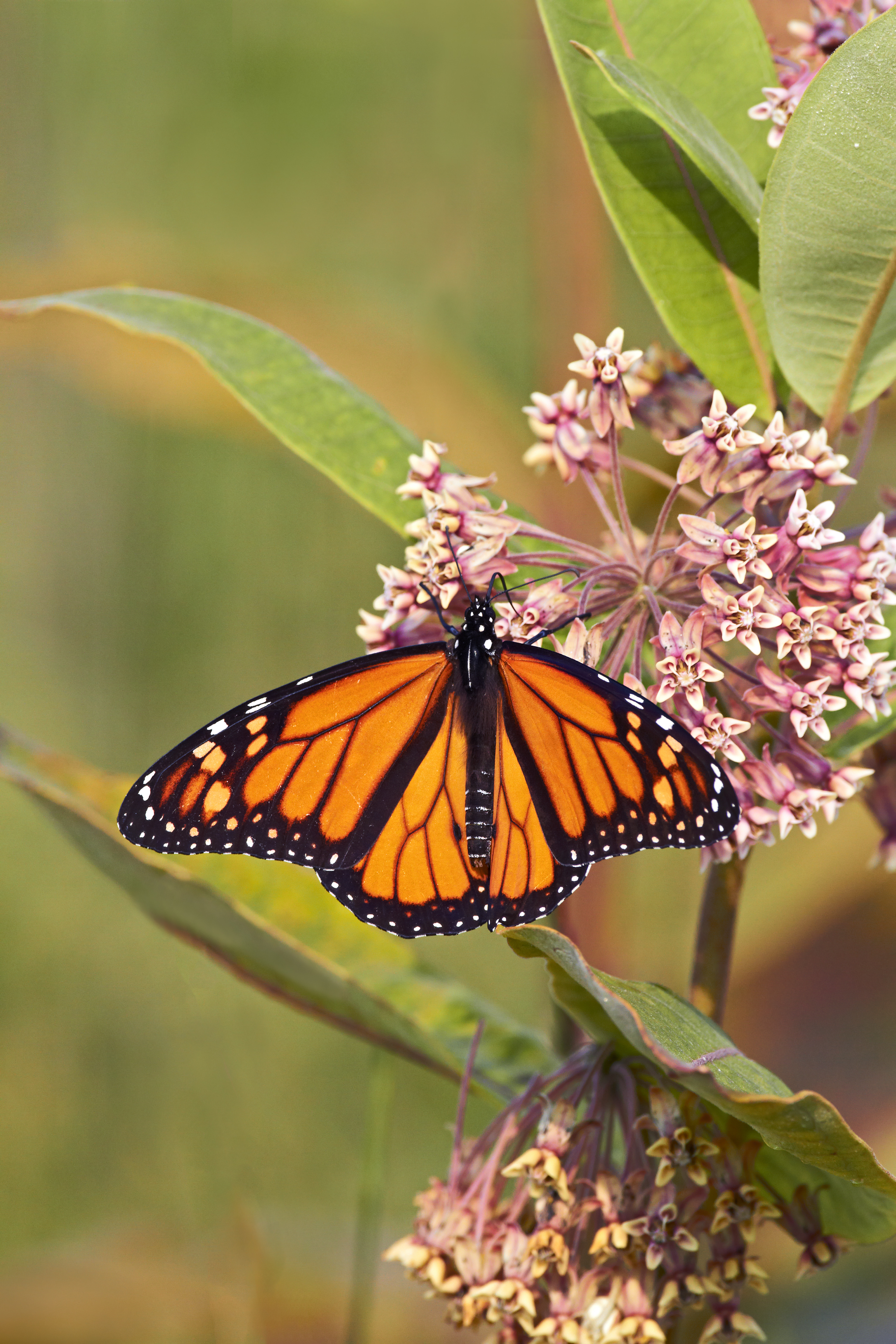
Imagine a landscape recently sprayed with glyphosate. It’s void of shrubs for moose and berries for birds and bears. If we imagine it’s near a river or creek, then we would find it missing shrubs and trees essential for fish to shelter in and no roots to reduce dirt and sediment in the water. Glyphosate is often sprayed from planes and helicopters in the sky, where the chemical has far-reaching impacts on unintended species. Alarmingly, 93 per cent of endangered species in the U.S. are likely harmed by glyphosate. Endangered monarch butterflies, bees and amphibians are also harmed by the deadly glyphosate cocktail. After they’re sprayed, forests become hotter and drier and more prone to devastating forest fires. The list goes on.
NOXIOUS SHOWERS STIFLE RECOVERING CLEARCUTS
We focus on the cut. Millions across Canada take action to halt old-growth logging. Sometimes we fail to stop it. When our pleas for a pause are silenced by chainsaws, we usually think of it as the worst-case scenario. We think of those cutblocks as gravesites where wildlife will return from foraging to be perplexed by the unimaginable and unfathomable level of destruction.
But it gets worse.
Just as fireweed recovers from the clearcutting of a forest sprouting shoots from stems underground, forest companies return to spray glyphosate. The spray kills native plants and broadleaf trees such as raspberry, cranberry, salal, huckleberry, alder, salmonberry, moss, willow, and many species of fungi.
Every one of these species all have something in common — they play crucial roles in the forest. From nourishing wildlife with salmonberry to nutrient-sharing alders, from stabilizing the earth with willows to providing traditional medicine to Indigenous Peoples with salal, huckleberry, and fireweed, the importance of these species cannot be overstated.
The decision to soak a forest in toxic chemicals requires a cataclysmic blend of ignorance, naivety and falsely-omnipotent thinking. This is all done in an attempt to kill anything that might impede the growth of commercial species.
Logging corporations take the ancient trees first, but they plan to come back for seconds and more. A once incredibly complex, dynamic, productive and intertwined ecosystem is reduced to lifeless dirt, rows of conifer saplings, pathogenic bacteria, and fungi. The logging of intact forests is just the start of a long, noxious, corporate lesion on the land.
TOXIC ROOTS
Glyphosate was first created for its industrial use and ability to remove unwanted chemical deposits in pipes. Monsanto Company, an American agrochemical corporation, decided these industrial properties should be put to work in the forest, killing plants.
The story of glyphosate’s eventual approval by the U.S. and Canada is riddled with scandal, collusion, court cases, prison time and corporate lobbying like you’ve never seen. Monsanto has made a business out of poisoning people and the land. Most toxic chemicals have origins in Monsanto, from dichlorodiphenyltrichloroethane (DDT), known for its toxicological effects on humans and wildlife, to Agent Orange, used for chemical warfare in Vietnam, to PCBs which are harmful to human health and reproductive function. All of these chemicals are now banned in Canada and the U.S.
This situation spotlights the inadequacy of both U.S. and Canada in conducting proper assessments of the impact of chemicals on both human health and the environment before granting approval. The approval of glyphosate for use highlights the need for governments to evaluate the safety of chemicals before granting approval for use, instead of recklessly giving the green light to industries like forestry.
Manufacturing Approval

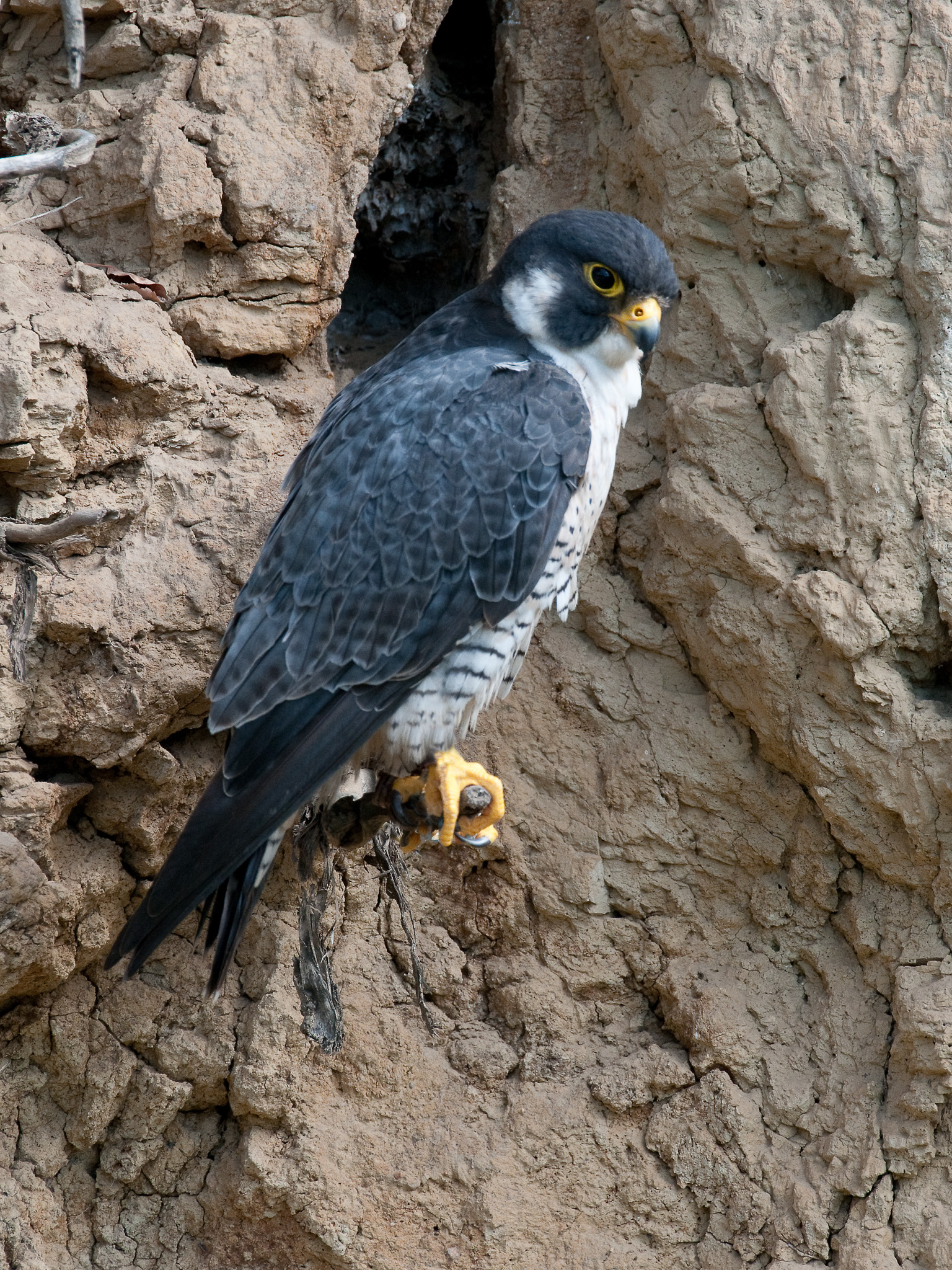
"MOTHER EARTH IS OUR PHARMACY, OUR KITCHEN, OUR UNIVERSITY..."
— Willie Pine, Traditional Ecological Knowledge Elder
In Ontario, Indigenous elders have been raising concerns about aerial spraying of glyphosate on forests for years. The Traditional Ecological Knowledge (TEK) Elders, an organization on the north shore of Lake Huron, upholds expert land-based Indigenous scientific knowledge of their traditional forests.
Led by Sagamok Elder Ray Owl, TEK have petitioned provincial and federal governments to ban chemical spraying on forests since 2014. They claim their treaty and constitutional rights to hunt, fish, and gather berries and medicines in their traditional territories are being violated by the impacts of the herbicide. Western science has found the same.
These impacts extend to species like moose, white-tailed deer and black bear that can consume enough vegetation to exceed the safe amount of the probable carcinogen. A study on moose found there were fewer moose in areas sprayed with glyphosate.
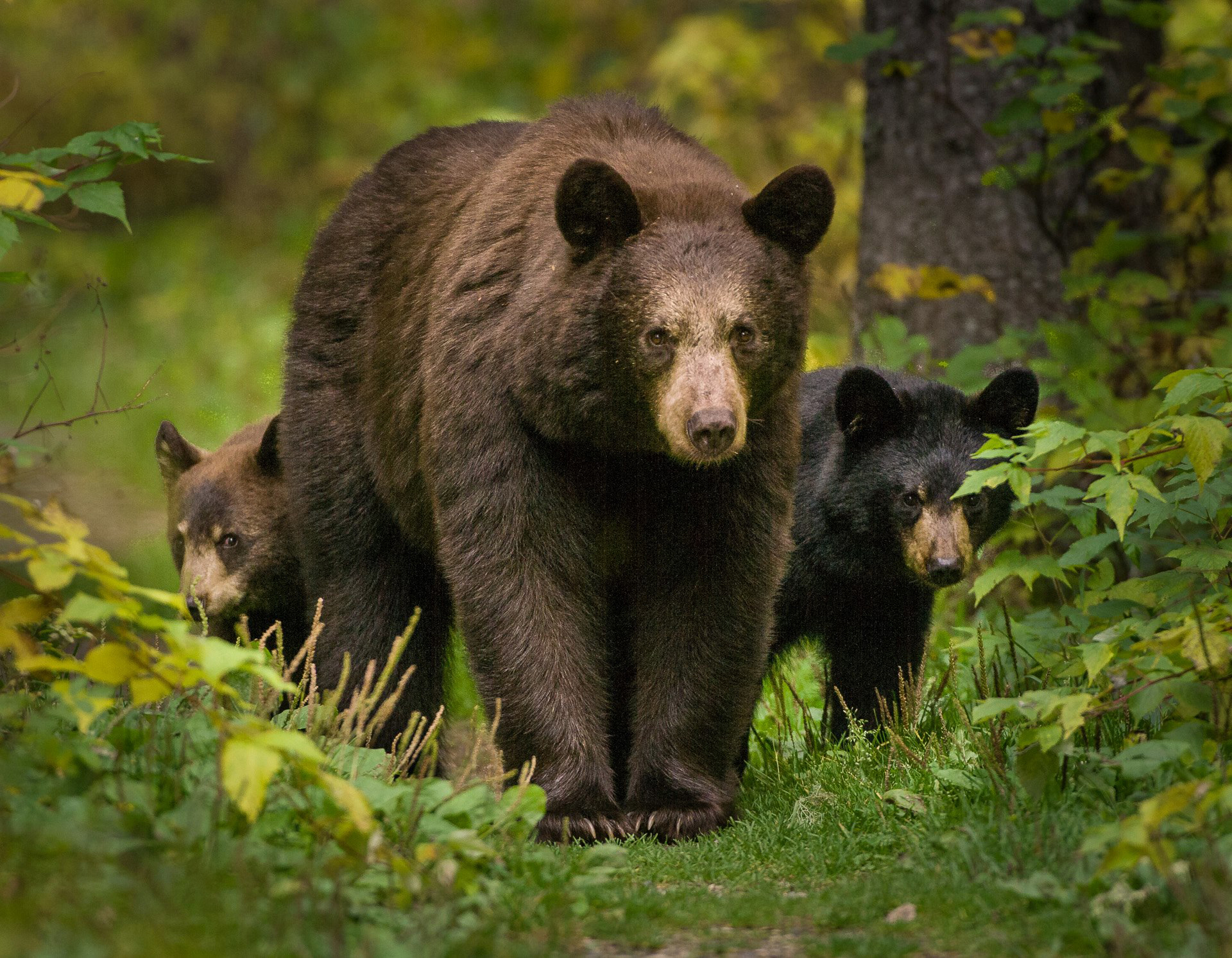
In 2017, the TEK Elders released a declaration, signed by 21 First Nation chiefs, calling for an immediate moratorium on aerial spraying and calling for meaningful dialogue and consultations with First Nations.
“The TEK Elders know that we are dependent on the health of the earth. In many areas of the Robinson-Huron Treaty territory, we cannot trust that the medicines and foods are not contaminated by glyphosate. Our way of life comes from the lands and if the lands are sick, then we will be sick.”
First Nations across the province are not consulted about the use of glyphosate on their territories. It’s time to question an industry that relies on the spraying of poison on forests to make a profit.
WATER AND FOOD SAVED FROM SPRAY
In Nova Scotia, concerned community members have camped out near areas to be sprayed with glyphosate as a way to halt the program. They have raised concerns on the impacts of glyphosate so close to their community and to water and wildlife. Many of these camps have been successful in cancelling the spray. Municipal councils have been supportive of these efforts. They have asked the province for a moratorium on all future aerial spraying.
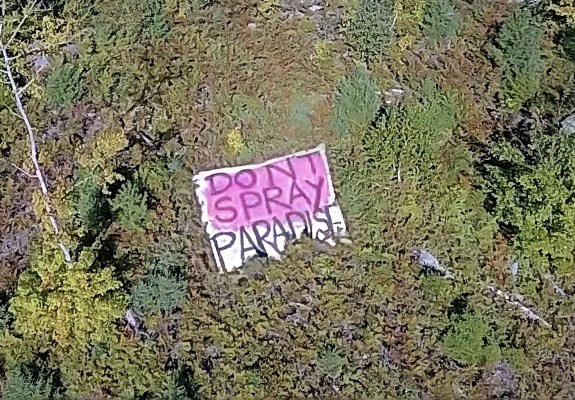
Last year in B.C., St’at’imc Nation member Angelina Hopkins Rose raised the alarm over impacts to Indigenous food sovereignty after seeing an official notice for a pest management program that included aerial spraying of glyphosate over a massive area on her and neighbouring Nations’ territories.
BC Timber Sales, the province’s own logging agency, proposed this plan, which would affect the territories of the St’át’imc, Stó:lō, Nlaka’pamux, Sḵwxwú7mesh and səlilwətaɬ Nations. The proposal demonstrates provincial governments don’t just permit spraying the chemical on forests but actually spray it themselves. Rose reached thousands of people, including government o cials. Ultimately, the B.C. government announced they would not spray that year, even though the plan was approved.
The approval process for spraying glyphosate is riddled with issues. Under B.C. laws, there’s no requirement to post maps of the specific areas to be sprayed publicly. Under section 61 of the Integrated Pest Management Act, all a sprayer of herbicide must do is make “reasonable efforts” to communicate with those opposing the plan. If the government and company have a “consultation,” but there’s no clear pathway for communities to say “no” and prevent herbicide spraying, ultimately, the whole process is just a spraying notice.
KWAKWAKAʼWAKW TERRITORY IS NO PLACE FOR POISON
The Gwa’ni (Nimpkish River) on Kwakwaka̱ʼwakw territory is the longest river on Vancouver Island, once abundant with salmon. The river holds incredible importance for all Nations near it, especially the ʼNamǥis Nation. The Nimpkish Valley has been severely impacted by clearcutting and industrial forest management, including the aerial spraying of the notorious chemical DDT in the late 1950s. Thousands of chum fry died as a result of DDT.
Today the same devil, Monsanto, is back on Kwakwaka̱ʼwakw land, in disguise as Bayer — with the DDT traded in for glyphosate. It’s being sprayed by logging corporations seeking to maximize their profits. Just like the first time, there’s been dismal consultation, despite the known risks of widespread spraying. Chief Walas ‘Namugwis, or David Mungo Knox, is a Kwakwaka̱ʼwakw hereditary chief and member of the Kwakiutl First Nation. He worries about the impacts of logging giant Western Forest Products’ five-year glyphosate spraying plan on his territory. And for good reason.
On Kwakwaka̱ʼwakw land, the Pacific Ocean threads into temperate rainforest, fostering life-bursting conditions. Algae, mosses, lichens, conifers, ferns, amphibians, birds and fish interact as they trace the borders of their respective ecological niches. Just as the ripples of a good salmon return don’t stop at the water’s edge, bones become fertilizer to boost tree growth. Ripples from the forest also don’t stop at the forest’s edge. These ripples can be good or bad. When a forest is sprayed with glyphosate, entire aquatic systems can be impacted due to the loss of species diversity, community structure, and food chain changes.
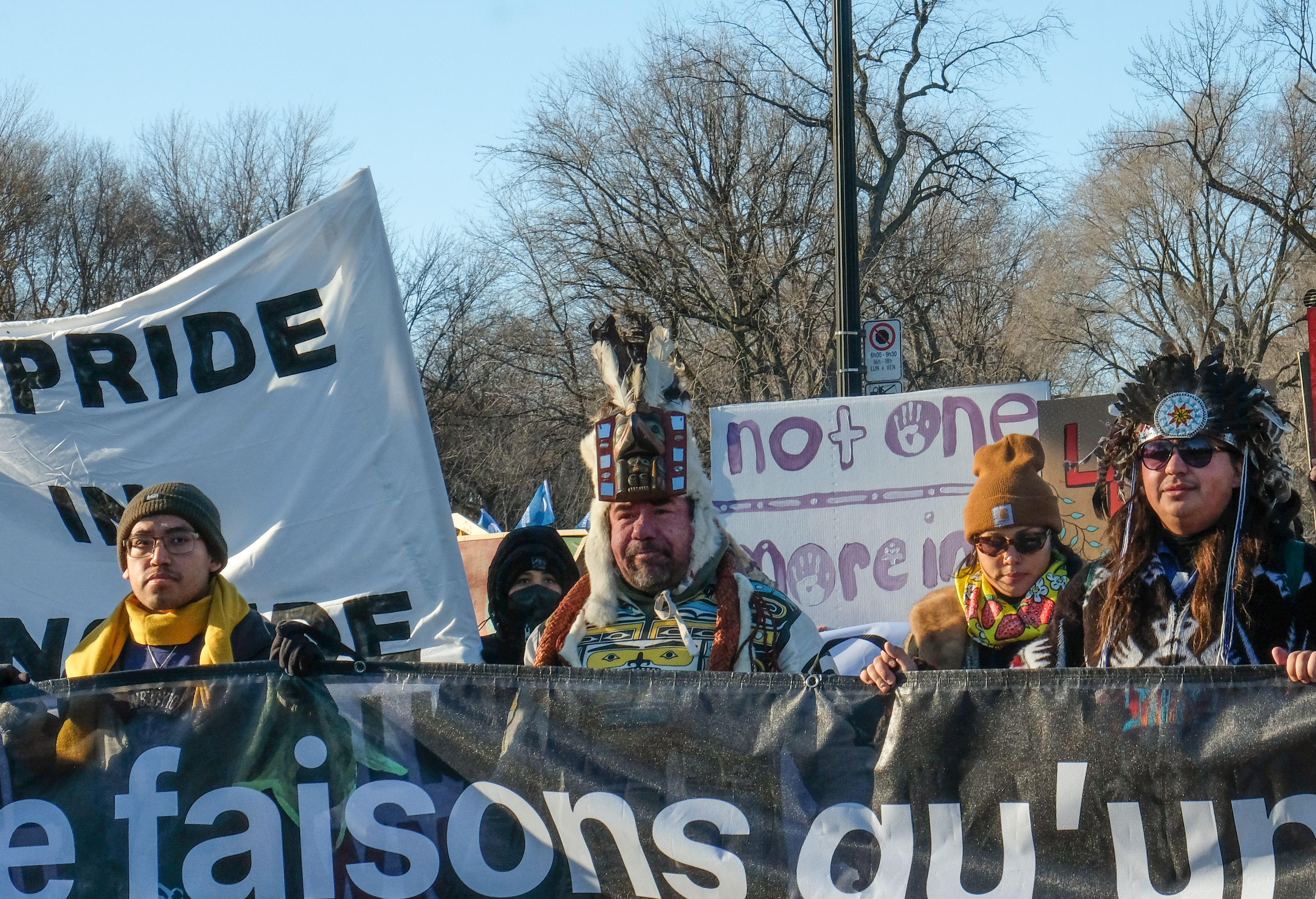
Knox never received a notice about the five-year spray plan and insists Western Forests Products did not do a good enough job notifying the community of the plan, nor have they shared maps of the specific areas to be sprayed.
“This is the land where we forage, fish, and hunt and it is essential to our way of life. Not knowing where and when the forest is being sprayed is a serious health risk,” said Knox. “I was not consulted. Most of the community was unaware of Western Forest Products’ plans to spray glyphosate. We did not have the information or time to decide as a community whether we consent or not to the spray. They barely advertised their plans and then took silence as consent. That is a violation of our rights and title as First Nation people on this land.”
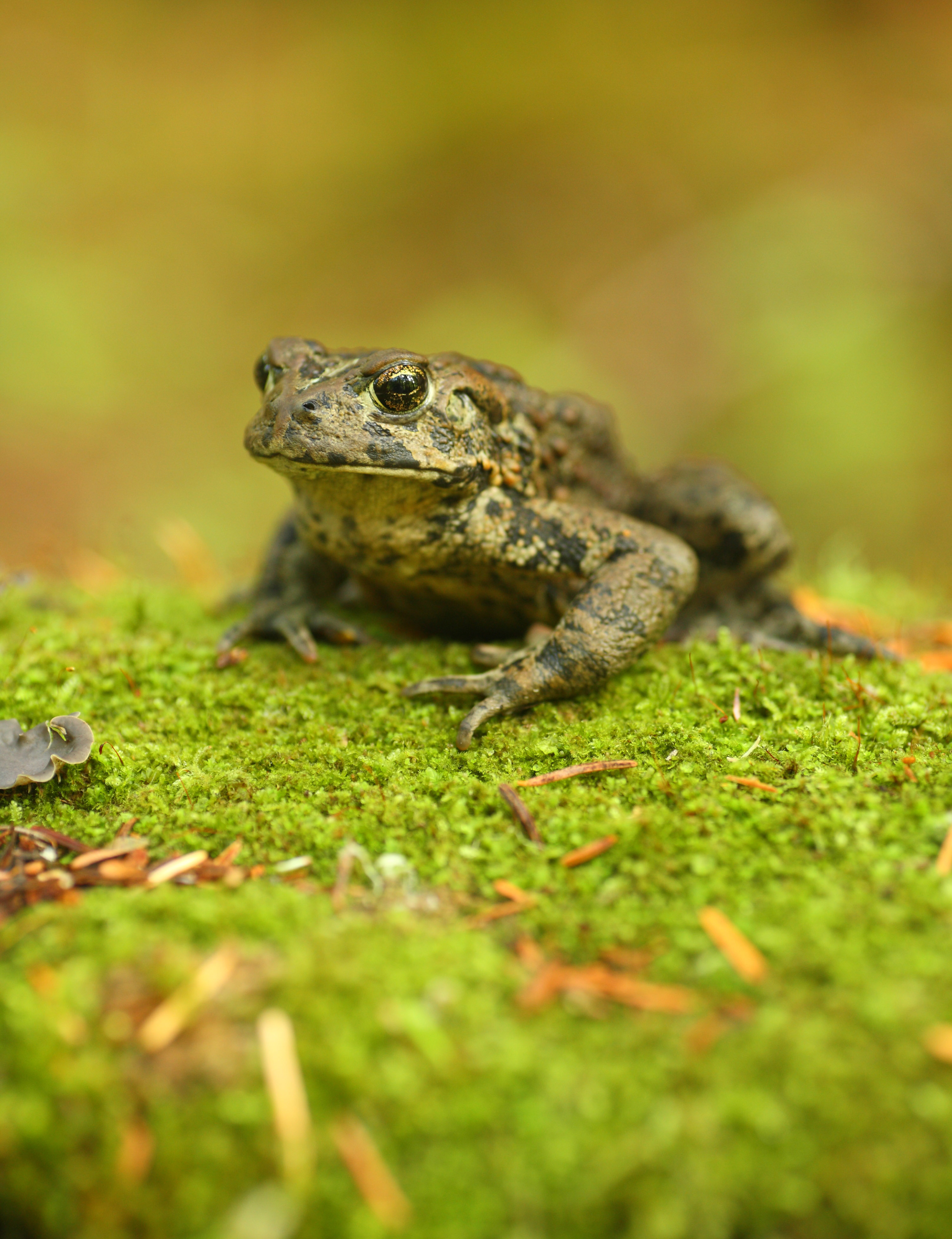
In 2019, the BC NDP government passed the Declaration on the Rights of Indigenous Peoples Act, committing to align provincial law with the United Nations Declaration on the Rights of Indigenous Peoples. Putting this into action means requiring free, prior and informed consent for industrial activities on a Nation’s territory. If a logging company wants to spray glyphosate over huge swathes of forest, they must actively engage with the community, band councils and hereditary chiefs with enough time for the community to make an informed choice. This takes time and resources. The financial burden of this cannot be placed on First Nations working hard to recover their lands and waters after a century of resource extraction. Governments need to do better by implementing free, prior and informed consent and demanding companies respect this inherent right of Indigenous Peoples.
TIME TO BACK BIODIVERSITY
Glyphosate is a controversial toxin that is harmful to ecosystems — that’s clear. What’s not clear is whether or not the harm is worth the benefits, even to corporations. Research shows removing non-commercial species can result in higher mortality of commercial species.
Governments and corporations rely on short-term results thinking they will lock in decades-away benefits and profits. How a money-making tree flourishes because of the death of all other plants around it early in its life doesn’t say much about how those commercial species will fare 50 years later. The research of Dr. Suzanne Simard, author and professor of forest ecology, dives into the complexities of regrowing forests and found conifer forests don’t necessarily do better when broadleaf plants are killed off. Many sprayed tree plantations in B.C. are failing to regrow to government standards, and these plantations are at serious risk of disease outbreak. This means even from the status-quo logging perspective through which its use is rationalized, spraying glyphosate isn’t worth it.
While a glyphosate ban is needed here in Canada, we need more than that. Ever since corporations started producing chemicals to dominate nature, we’ve been playing a losing game. While we try to ban the toxins in the environment, companies like Monsanto are working to produce new, slightly varied chemicals to replace them. To finally win the fight against these toxins, we need to shift focus from the player, glyphosate, and attack the game — the system and policies that prioritize corporate interests over the future of nature and biodiversity. We must change the way forest ecosystems are treated and how they’re viewed. We need policies that prioritize biodiversity protection. This would halt the use of glyphosate, other to-be-proposed toxic chemicals and other non-chemical ways to kill plant species in regrowing forests.
We must halt the logging of old-growth forests to maintain critical carbon storage, produce oxygen, protect endangered species and maintain the symbiotic relationships between fungi and plants that are essential to the health of ecosystems. We must transition to second-growth logging and away from clearcutting so large trees are left standing, which actually increases regeneration of commercial species compared to clearcuts. Lastly, we must help forests regenerate naturally so native plants can thrive. This will improve soil and add diversity to the fungal species that help transfer resources from tree to tree. Doing it this way will allow sustainable logging to still happen, but not at the expense of moose, fish, traditional medicine and food, bees, amphibians, birds and humans and thousands of other species.
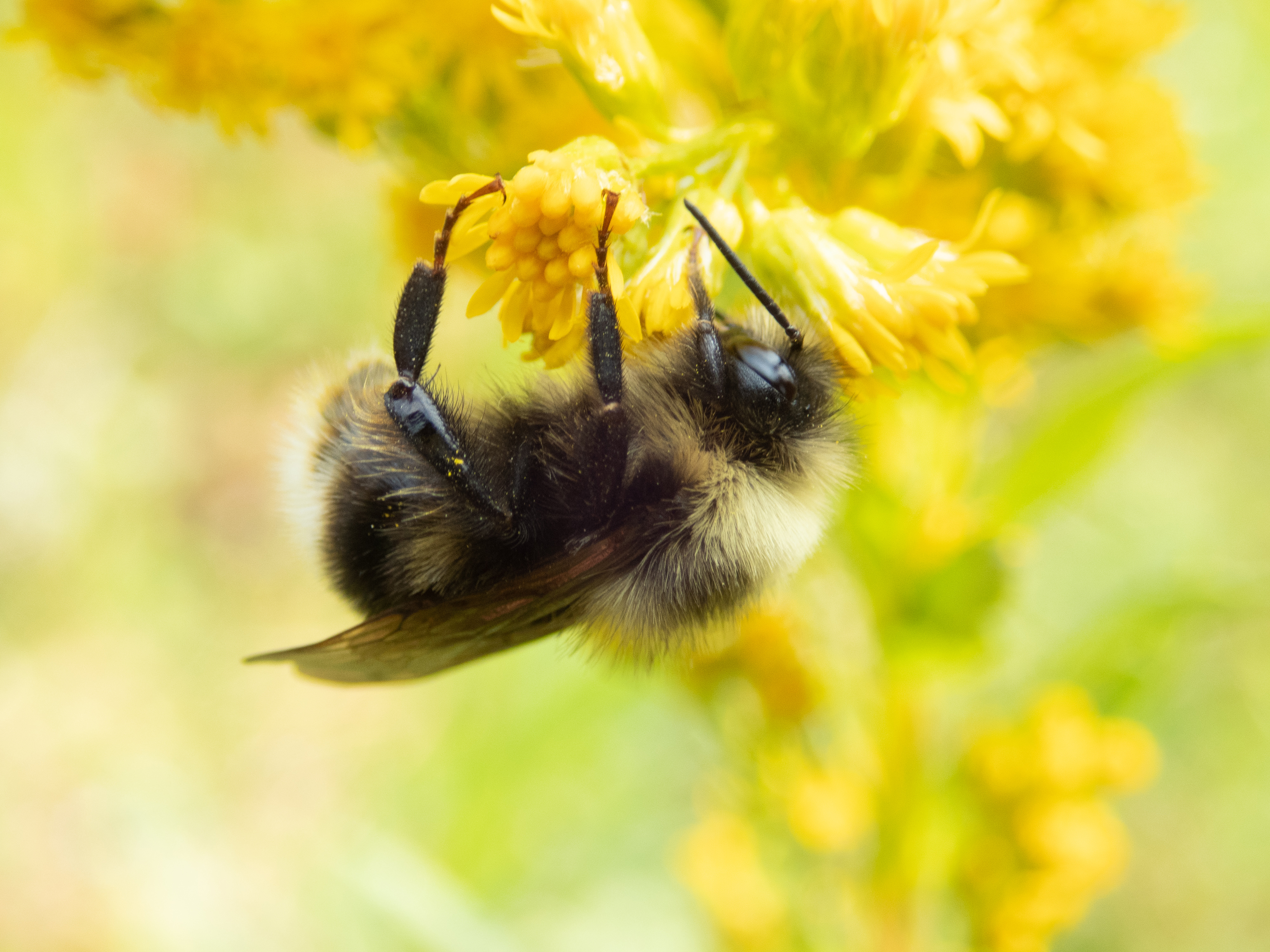
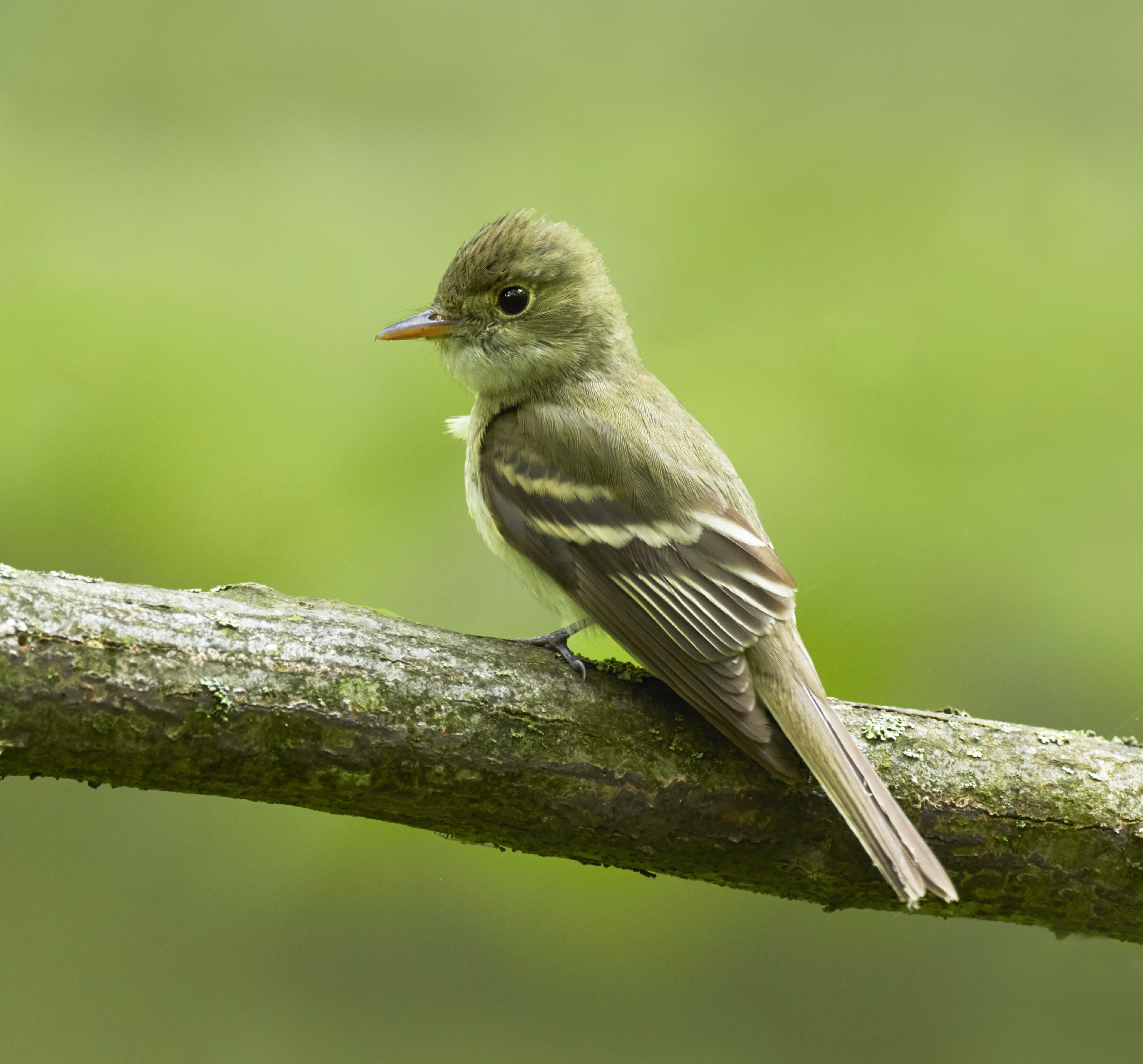
The status quo management of the forests is driving species to extinction and deteriorating ecosystems. We are seeing the fallout from policies and laws that operate under the assumption human communities are separate from nature. There’s no option but to change our relationship with nature and recognize our existence within it, from root tips to old-growth tree tops. We need to protect ecosystem function, integrity and biodiversity to allow for a safe, thriving, healthy future. The continued war on ecosystems, with things like glyphosate, in the name of corporate profits does not fit within this future.
TAKE ACTION
HERE’S MY GIFT TO TACKLE TOXINS!
We need to get glyphosate out of forests. A ban would achieve this. But we also need to address the systemic mistreatment of the forest. Right now, logging companies look at forests and see only dollar signs. In their eyes, biodiversity and sources of food and medicine come second. To avoid another chemical simply replacing glyphosate, we need to change forestry practices across the country.
We need all jurisdictions throughout Canada to halt the use of glyphosate in the forest and update or enact laws that protect biodiversity, the interconnected relationships between species and prioritize ecosystem health.
You can help: Any amount you can chip in today goes directly to work pressuring decision-makers to get glyphosate out of the forest and update outdated logging policies.